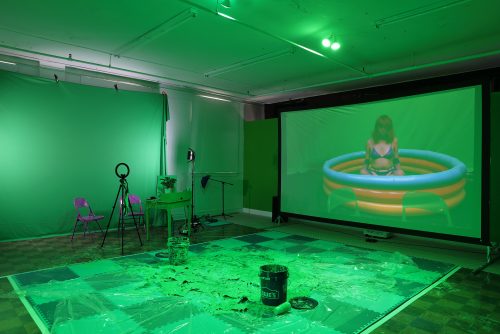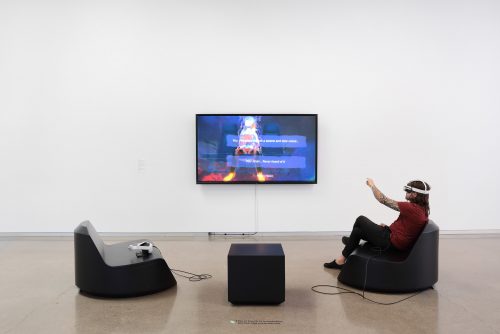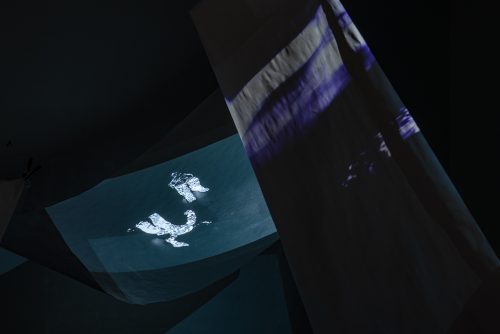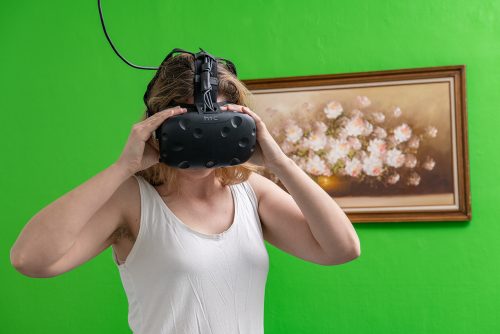About the Program
Ranked #5 in the Time-Based – New Media category, U.S. News & World Report 2020–2021, the M.F.A. in Fine Arts with a concentration in Kinetic Imaging expands the fields of video art, animated arts, sound art, emerging media, installation, interactivity, coding and mediated performance through the production of work that explores the artist’s relationship to culture and society.
The Department of Kinetic Imaging (KI), encourages a broad range of approaches to making. Our current graduate students are working through such diverse modes as artificial intelligence, interactive video projection, augmented and virtual reality, bio art, sound art, occult experiments, video art, queer spaces, the artist book, motion capture, animation, personal archives, Black aesthetics, performance, sculpture, assemblage and material poetics—all towards realizing a deep personal research practice.
The program is small and selective, designed to support six to eight graduate students. Over a period of two years, students work closely with a group of faculty who are all active artists and researchers in their respective fields. In KI, we aim to create a community that fosters a rigorous yet supportive environment for individual growth.
The M.F.A. in Kinetic Imaging requires 60 credit hours and is completed in two years of full-time study. Every semester a student takes a graduate seminar that addresses topics related to contemporary art and theory, a graduate studio class with KI graduate cohorts to present and discuss works in progress, encouraging intense studio production. Students also choose an additional elective—self selected to support their individual studio and research interests.
Over the course of each semester, graduate students meet with individual committees composed of two faculty members. Each committee and student conducts an ongoing conversation around the student’s work and research interests. The first year of the M.F.A. ends with a candidacy show and critique with the committee and the rest of the KI faculty. Second year culminates with M.F.A. recipients mounting a comprehensive exhibition of their work, supported by written documentation, at the university’s Anderson Gallery.
Graduate teaching assistantships and scholarships are available and there are opportunities to teach as an adjunct professor. Graduate students have 24/7 access to personal studios equipped with individual computers, as well as the use of video, animation and sound production spaces. We have a wide range of media equipment especially designated for graduate use.





